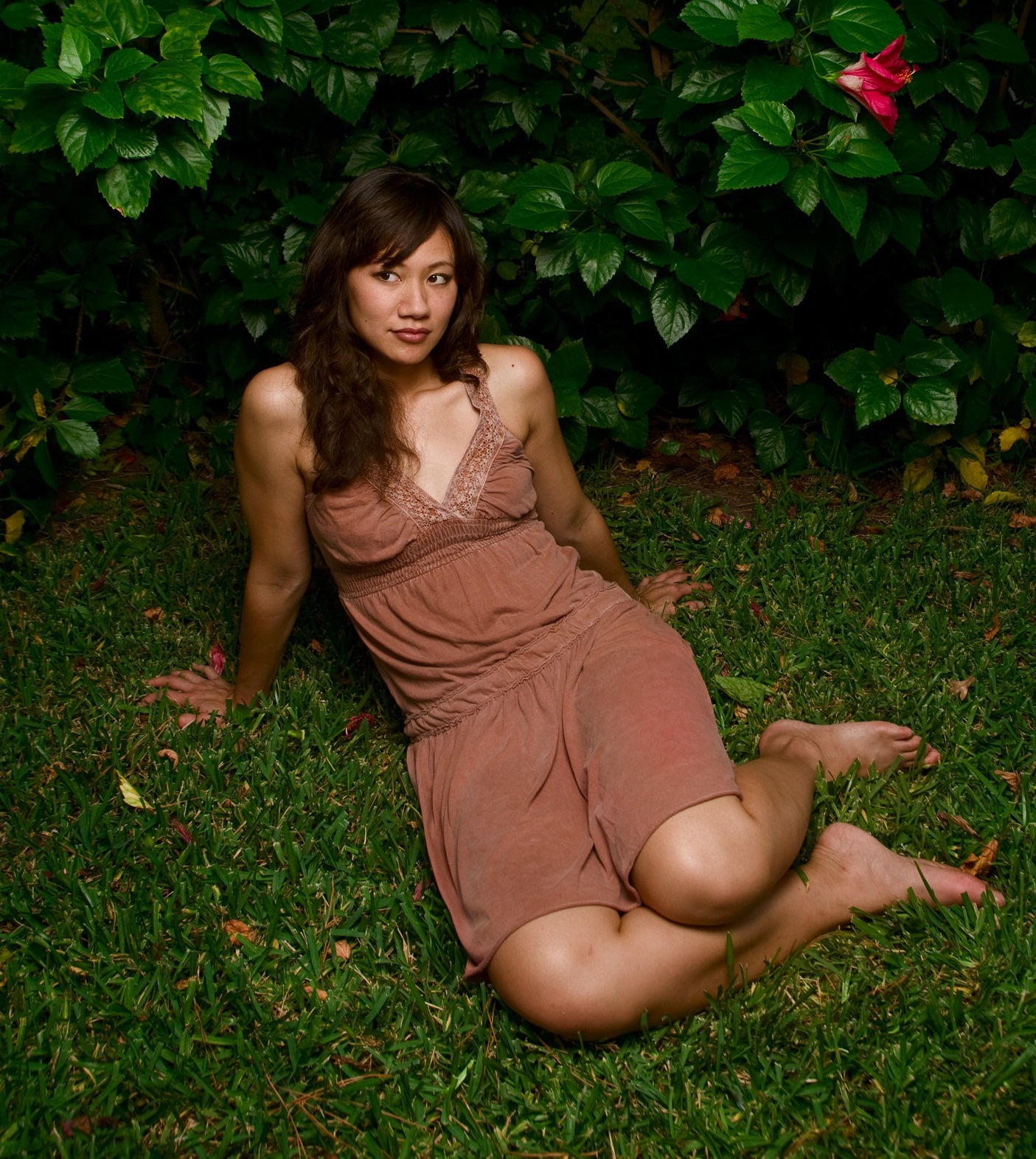I have been traveling in eastern Canada for the past
two months. It’s my first time backpacking through dramatic temperature changes—from
summer to fall to winter—sometimes all in one day. It’s my first time backpacking
in freezing weather. And, my first time hitchhiking.
I heard it was common and pretty safe for travelers
to hitch across western Canada. A thing to do like volunteering while
traveling.
I had reservations. I feared the type of person that
might pick me up. I also worried whether or not hitchhiking was reliable for
making miles, and if I’d arrive at a decent hour. I had taken two bus trips so
far: $23 with Megabus gave me five cities: Chicago to Detroit ($1) to
Pittsburgh ($3) to Philadelphia ($5) to Toronto ($12) and the second, a
Greyhound bus from Toronto to Montréal for $30 -- the cheapest at the
time. Fares add up. As you can see, I had no choice.
This day I am
in Trois-Rivières. I find some
cardboard and a thick black marker and write:
Ville
de Québec
Merci!
:)
For
the hitchhike, I make sure to look respectable and leave by noon.
Usually,
I wait less than 10 minutes. Most drivers are old timers who hitched once upon
a time. Some are concerned students, women, and men who are nervous to pick me
up, but want to take me to a better and safer location. On Prince Edward Island
(PEI), a retired principal who worked 20 years at First Nations schools in
Nunavut turned around to take me 15 miles opposite to his destination. A fun
Australian expat couple made a huge detour and was late to a lunch meeting so
they could drive me directly to the Acadian peninsula. A young married
accountant who bought a new Audi in Montréal had been driving two
days straight; he took me 550 miles across the island of Newfoundland. Many
truck drivers are happy for company and usually make a halt to treat me to some
Tim Horton coffee. On these rides, I learn new words, local accents and slang, about
provincial and national issues and the cultures in Canada, and about them. I
have also been on a goose chase with a pretty girl and her uncle looking for her ex.
To say the least, hitchhiking is unpredictable. I don’t
always arrive to what’s written on my cardboard sign. Hence, I don’t always have
a place to sleep lined up. I have learned that Couchsurfing hosts are scarce in
small towns. I stayed two nights at a hostel. At an average of $30/dorm a night,
I cannot afford it. So, I buy a $17 tent at Canadian Tire. I also acquire a
child-sized NHL Canadiens sleeping bag and air mattress for $10 at the
second-hand store.
One day, I actually have a hitching partner. We travel
a pathetic 50 miles this day and find ourselves stuck in the five-person Québec
town of Sainte Madeleine. As we persist with la pousse (the thumb), we scout
for a place to sleep. We can pitch a tent on the front porch of a house on
sale, or near a fire pit off the main road. Hmm. I recall passing a campground.
We march towards the trailers and chalets near the
beach. Indeed, it’s an understatement to say the campground is fully furnished.
Clean showers and toilets, a washer and dryer, even an ironing board in the heated restroom. And, the sun is setting majestically. We want this place, but all
the cabins are locked. A nearby abandoned building is full and dirty. I point
to a half hidden shed on the hill. My traveler friend trudges through the brush
to see. “Julia, come up here!”
The door is unlocked! Two small tables and a bird fountain
are placed inside. A metal sheet to protect the walls from a fire has char
marks. I imagine this private shed belonging to a man who spends many evenings
watching the sun disappear behind the clouds and the sparkling Saint Lawrence
river. Hopefully not tonight. We are so giddy. We light the half burnt candles
and prepare a feast—a boiled egg and vegetable couscous.
Another day, I cannot get a short hitch into the
town of Percé. I manage three miles uphill with my 90-pound backpacks. I had
been hiking in Gaspésie and Forillon parks for the past three days. My feet and back are done; I give
up. I believe this to be the first night my tent will prove useful. I find a
tiny church near the forest, pretend to take some photos, dash quickly in the
back, and drop my large backpack. With the exception of my laptop, toothbrush,
and opened food, I throw the remaining in a plastic sack and shove it underneath
the church.
I am tired, but I want to get online to prepare for
future Couchsurfing hosts as to not deal with this type of bullsit--uation, so
I walk a couple of more miles uphill. Without asking, I get a godsend hitch to
the town from a helpful French Canadian woman who doesn’t speak English. She
takes me to an auberge (hostel). I ask the first two people I see if they speak
English and if they can tell me where to find internet. Turns out they speak
English, are stunt guys, and I landed on a movie set! After hearing my wacky story,
they kindly invite me to stay at their hotel.
Canadians tell me that Canadians are too
kind to leave a traveler out in the cold. “If you find an open cabin, take it.
The owners would rather you do so.” “Knock on someone’s door. You won’t be
denied.” A driver, a father, invited me to stay the night and meet his wife and
family. I’ve gone clubbing with a hip elder Acadian gentleman before hitting
the sack; I slept in a country home in Nova Scotia with two spunky ancient
sisters; and I have found refuge in truck cabins during overnight hauls. One of
my drivers fed me and drove me two hours to see the site of where the Vikings
first landed on Newfoundland 1,000 years ago. I stayed with him and his brother
for two nights. In the morning, he drove me to the Labrador ferry terminal an
hour and a half away. A manager at a convenience store left his post to drive
me to Brackley Beach so I wouldn’t have to hitchhike. I met a culinary student
on the beach and in less than five minutes, we were off on a day adventure: picking
fresh herbs in a garden, cooking a gourmet lunch, and touring the countryside. This
all hitchhiking in two weeks time.
I have hitchhiked alone more than 3,500 miles and
will hitchhike from Newfoundland back to Toronto. At date, I have spent one
night inside a storage room of a university, two nights in hostels while hiking
national parks, and only one night in my tent, and that’s because I would not
allow a driver to pay for me to have a hotel room—thanks to the kindness and
openness of Canadians.
Cardboard is your best friend, and your thumb works
too. Thanks to all my new friends!


























































